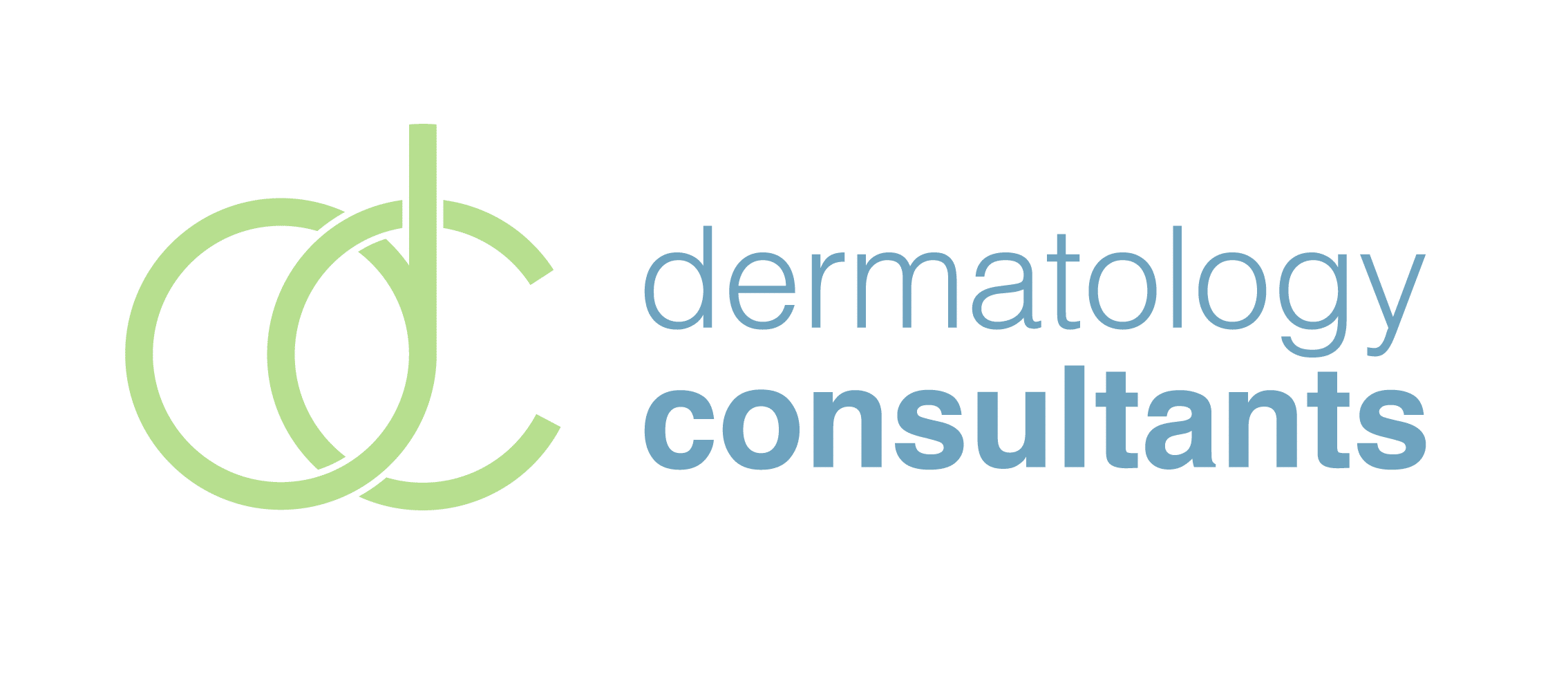What is Microneedling?
A minimally invasive procedure that involves controlled superficial puncturing of the skin with a goal of inducing collagen production. This is done with fine needles that create channels in the skin and controlled skin injury.
How can Microneedling improve my skin?
Creating small areas of trauma to the skin allows a remodeling process by healing the wound which generates important elements found in healthy skin (collagen, elastin, blood vessels). In dermatology, microneedling can be used for large pores, skin texture, wrinkles, hyperpigmentation, melasma, scars, and stretch marks.
How is Microneedling used with PRP?
After the microneedling procedure is performed, PRP is applied topically which aids in stimulating the wound remodeling process.
Who is a candidate for microneedling?
Most patients will be candidates for microneedling. Patients looking for treatment of large pores, skin texture, wrinkles, hyperpigmentation, melasma, scars, and stretch marks are the ideal candidates. Contraindications and precautions include patients with: risk of keloid/hypertrophic scarring, active rashes or skin conditions in the treatment area, collagen vascular disease, clotting disorders or medications that impair clottting, active infection, or a suppressed immune system.
How often should I get microneedling treatment?
Typically, microneedling is a series of treatments 4-6 weeks apart. However, the number of treatments is tailored for the specific condition being treated and can vary patient to patient.
What results can I expect after microneedling?
Skin remodeling after treatment. Multiple treatments are usually needed to obtain the desired benefit. It takes time for new collagen to form. Benefits are usually not immediately observed, but rather noted with time.
Is there any downtime after microneedling?
After the treatment there can be minimal swelling and redness for several days. Redness can range from a mild sunburn to a peel. Discomfort is minimal. There can be bruising. After 24 hours, makeup and sunscreen can be used and patients can resume their routine activities

